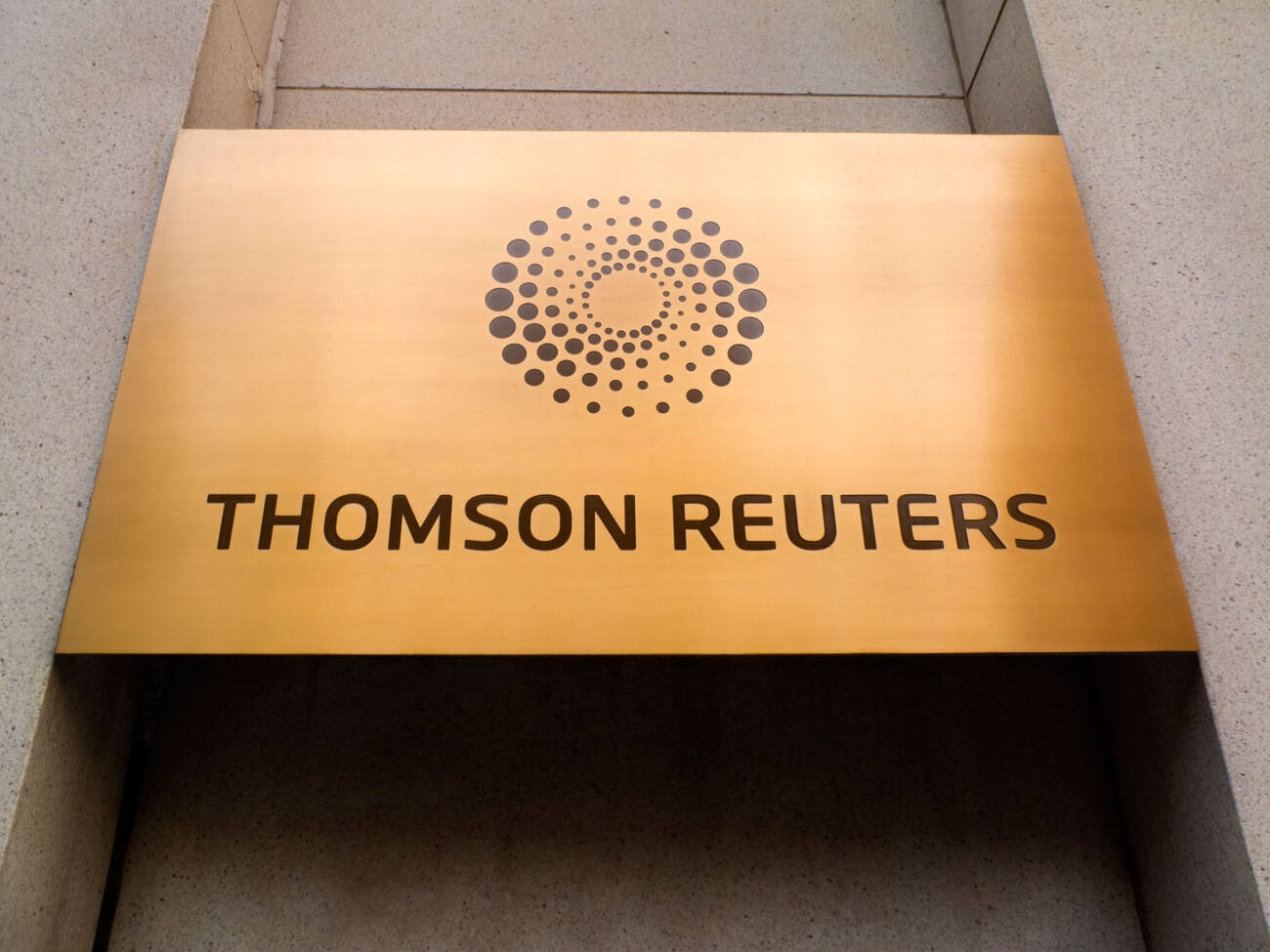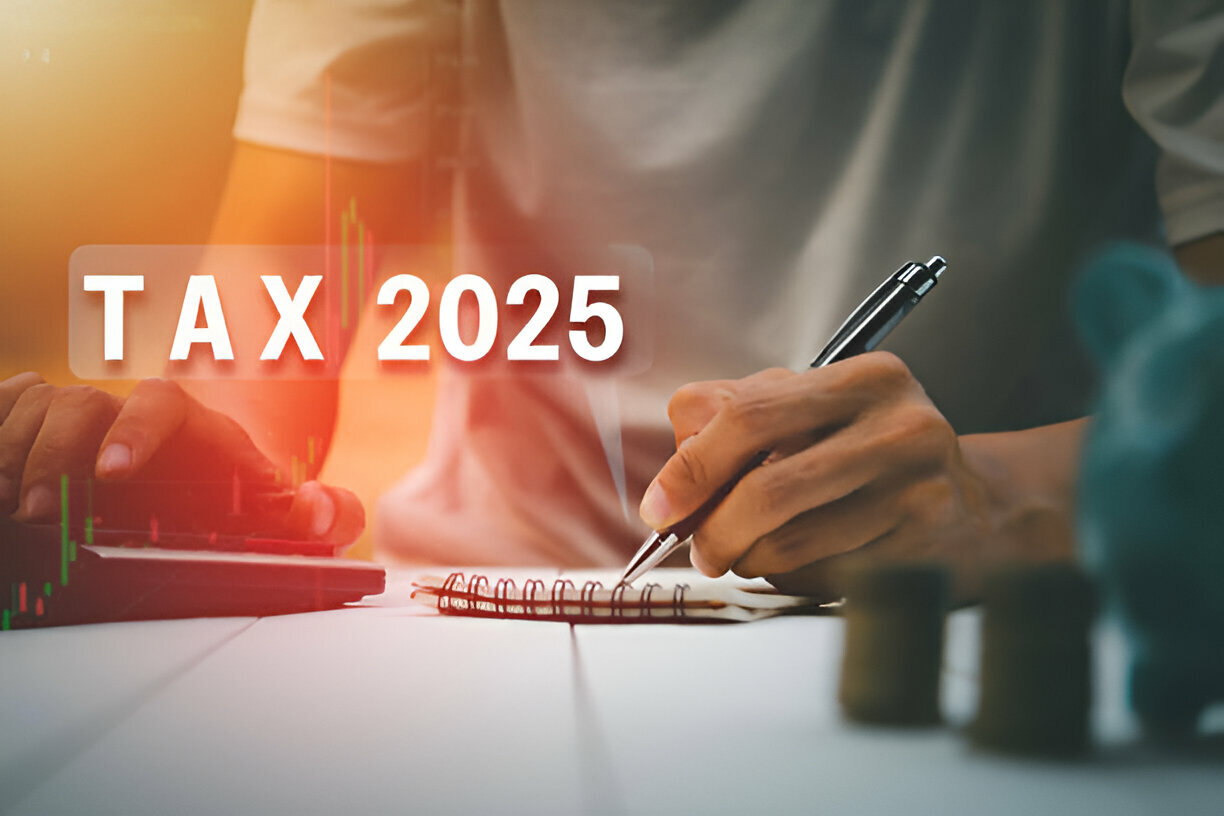By Elaine S. Povich, Stateline.org (TNS)
The increasing popularity of hybrid and electric vehicles is shrinking revenue from gas taxes, prompting more states to consider charging fees based on miles driven to help pay for roads and bridges.
This year at least eight states—Hawaii, Massachusetts, Minnesota, Tennessee, Utah, Vermont, Virginia and Washington—considered bills that would modify existing programs or set up new pilot programs to tax drivers of electric vehicles (typically all-electric or plug-in hybrid vehicles) based on the miles they drive, according to the National Conference of State Legislatures, which tracks the issue.
States’ revenue from fuel taxes has been dropping in recent years because drivers of vehicles with better fuel efficiency pay less in per-gallon gas and diesel taxes. The growth in sales of electric and hybrid vehicles has accelerated the trend.
Under some of the current programs, the state installs devices in vehicles to measure the miles driven. Other programs rely on drivers to report the miles they’ve driven, or track miles through year-over-year odometer readings when drivers renew their registrations. Under all states’ existing laws, vehicle owners voluntarily sign up for the programs.
In the Virginia and Utah programs, drivers can end up paying less under the miles-driven fee than fixed fees the states otherwise charge on electric vehicles.
Utah this year revised its law, setting its mileage tax at a penny per mile beginning in 2023, then raising it to 1.25 cents a mile in 2026 and 1.5 cents in 2032. Beginning in 2024, state tax authorities will be able to adjust the rate for inflation.
To assuage privacy concerns, Virginia enacted a law this year stating that any data collected under that state’s pilot fee-per-mile program may not be sold, accessed through a public records request, or used for any purpose other than to collect unpaid fees. The law also gives residents the option to participate without location tracking.
Legislation pending in Massachusetts would set up voluntary pilot programs to test how a per-mile charge might work. Bills that would have set up a permanent per-mile tax in Hawaii failed this year, but supporters say they plan to revive the legislation.
Bills in Minnesota and Vermont that would have required all owners of electric vehicles to pay a mileage fee also died. And Tennessee failed to pass a bill to set up a task force on road use fees.
Some environmentalists argue that if the goal is to get drivers into electric or hybrid vehicles, imposing taxes on them is a disincentive.
And right-leaning opponents worry that rather than substitute for the fuel tax, governments might impose a road use tax on top of gasoline or diesel taxes, though none of the state pilot programs has yet done so.
In Oregon and California, pilot programs have been underway for many years. Last year, California expanded its pilot program, which had given drivers mock bills to show what they would have owed. Now Californians who agree to participate actually pay based on the number of miles they drove—derived from odometer readings or GPS tracking—and then are refunded for any gasoline taxes they paid.
Oregon in 2021 considered making its now-voluntary program mandatory for some new electric vehicles, but the bill went nowhere.
Without a change in tax formulas, the current federal and state gasoline taxes will fail to meet the nation’s infrastructure needs. The Congressional Budget Office last year projected that if the 18.4-cent per gallon federal tax remains the same, and infrastructure spending increases at the average projected rate of inflation, the federal Highway Trust Fund will come up about $140 billion short by 2031. The federal gas tax hasn’t been raised since 1993.
To underscore the importance of the issue, the National Conference of State Legislatures hosted a summit in June for state lawmakers that outlined the dire situation for states if the federal and state fuel taxes are not changed or increased markedly.
“States recognize that this is an issue, and they need to deal with it sooner rather than later,” said Douglas Shinkle, the group’s transportation program director. “Implementation of a user fee is going to need public buy-in and political buy-in.”
Shinkle predicted that within the next several years, states will begin to take “a more aggressive approach” to mileage taxes. “Lawmakers generally recognize that a user fee makes sense from an equity perspective,” he said.
According to the National Association of State Budget Officers’ 2021 State Expenditure Report, motor fuel taxes make up nearly 40% of state transportation funding sources. State officials expect that percentage to decline steadily in the next decade.
“States are concerned that in the long term, the current structure of state and federal fuel tax revenue will not be able to meet transportation needs as most gas taxes are set at fixed rates and do not rise with inflation,” the association wrote in its report. “New vehicle fuel economy continues to increase, and the growth in vehicle miles traveled has leveled off.”
A West Virginia Department of Transportation plan last year predicted that the state’s fuel tax revenues would fall between 11% and 20% by the end of this decade. The New York State Division of the Budget projects that gas tax revenue will peak next fiscal year and then start to fall.
The Washington State Transportation Commission, in a presentation at the National Conference of State Legislatures meeting, predicted that the state’s current 49.4 cents-per-gallon gas tax would need to be increased by 1.7 cents per gallon every year through 2040 to generate the current level of revenue.
And Joel Skelley, director of policy for the Kansas Department of Transportation, showed in his presentation at the conference that Kansas fuel taxes, which made up 19% of transportation funding in 2021, will account for only 11% of the necessary funds by 2045.
The federal $1.2 billion Bipartisan Infrastructure Law that President Joe Biden signed late last year also will fund multiple pilot programs to test road use fees.
Biden also has signed an executive order calling for half of the vehicles sold in the United States to be electric by 2030, and the infrastructure law includes money to build more electric vehicle charging stations nationwide.
Despite the projections and increased interest in electric vehicles, Carl Davis, research director at the liberal Institute on Taxation and Economic Policy, said replacing or supplementing the fuel taxes with a mileage tax is “still a ways off.”
“For political reasons it’s often been touted as a way to fund gas tax repeal, and that’s a tough thing to pull off without benefiting gas guzzlers relative to more efficient vehicles,” he wrote in an email. “It’s hard to see why this should be a top priority for states given the seriousness of the climate crisis.”
An easier fix, Davis said, would be to index the gas tax rate to keep up with inflation. Twenty-two states already have indexed or variable-rate gas taxes.
At least four states—Iowa, Kentucky, Oklahoma and Pennsylvania—are trying to recoup lost fuel tax revenue from a different angle: taxing the electricity used at public charging stations, according to the National Conference of State Legislatures.
Starting next July, Iowa will levy a 2.6 cents-per-kilowatt hour tax on electricity delivered to an electric vehicle at a public station. Kentucky’s tax, which goes into effect in January, is 6 cents per kilowatt hour.
———
©2022 The Pew Charitable Trusts. Visit at stateline.org. Distributed by Tribune Content Agency LLC.
Thanks for reading CPA Practice Advisor!
Subscribe Already registered? Log In
Need more information? Read the FAQs
Tags: Taxes




